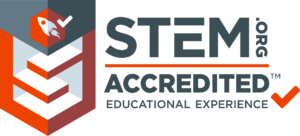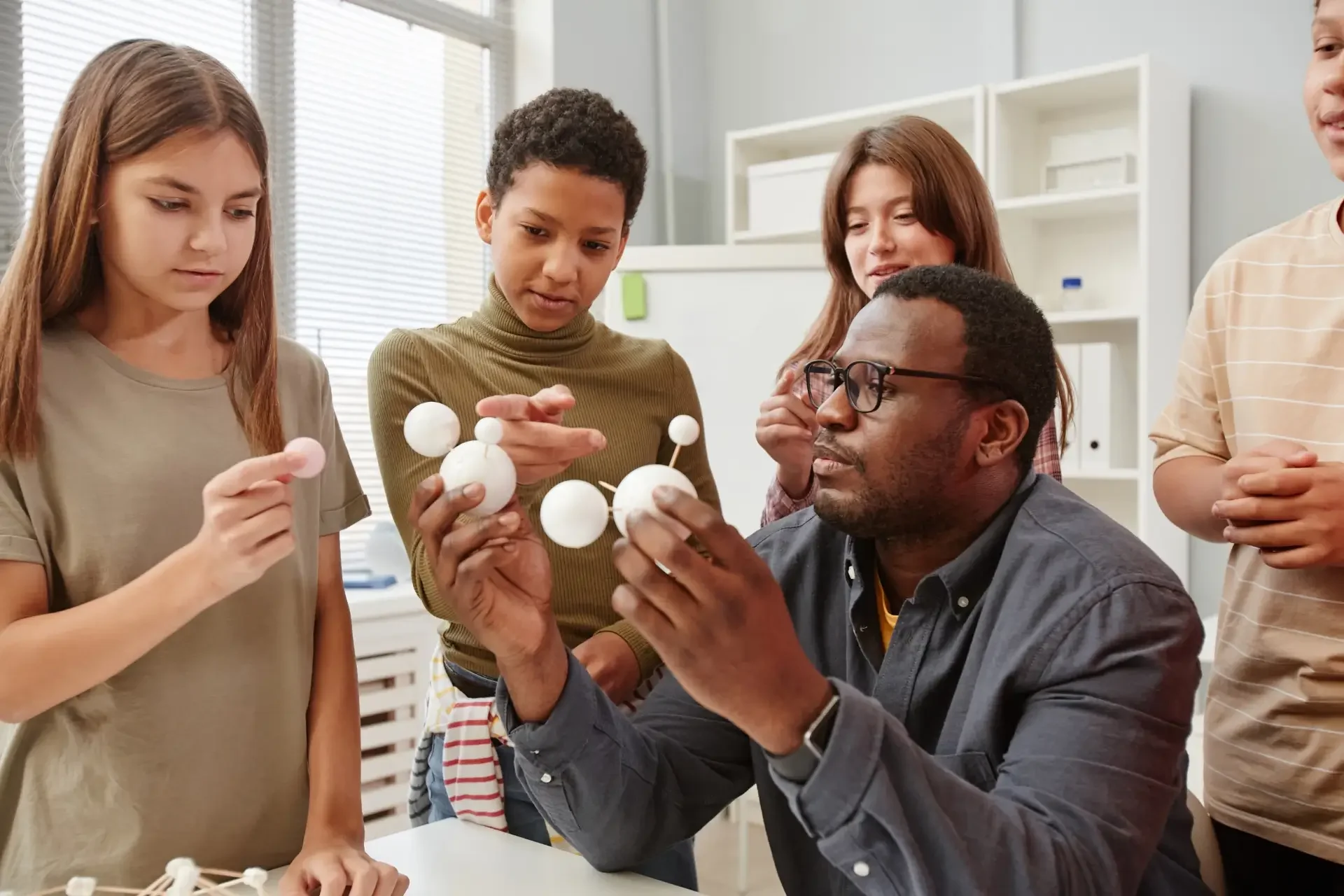
As we navigate through an increasingly complex world driven by rapid technological advancements, fostering a strong STEM foundation for our children is more critical than ever. In this article, we focus on the Best Practices of STEM Teaching that we can follow and how our STEM Skills Certificate Program 2025 offers a powerful model of best practices in STEM teaching, built on immersive, interdisciplinary, and progressive learning experiences tailored for young learners.

Exposing students to the dynamic world of STEM should begin with foundational hands-on learning. It is a best practice to use tactile, real-world activities early on to ground abstract concepts. Early exposure to observation, hypothesis-making, and experimentation nurtures scientific thinking from the start. Our program begins at Level 1, laying solid foundations in science, electronics, coding, design, and mathematics. Students explore the scientific method with experiments such as “sink or float” and get introduced to simple electrical circuits using Brainbox kits.
With our clear pathway from Level 1 to Level 5 spanning 28 months, the program ensures that students build on their prior knowledge in a structured manner. Each level increases in complexity from learning basic coding with Scratch Jr. to creating interactive projects using microcontrollers and complex game design. A spiral curriculum that reinforces previous learning while introducing new challenges supports retention and deeper understanding across disciplines.
Incorporating technology into STEM education can enhance learning experiences and prepare students for a technologically advanced world. Digital tools can facilitate interactive learning, data analysis, and collaboration. Leverage user-friendly tools that combine art, logic, and technology to make STEM education accessible and engaging for diverse learners. The STEM Skills Certificate Program utilizes platforms such as Scratch, Code.org, Canva, and electronics kits like Brainbox and Micro: Bit to combine creativity with technical skills.
Another best practice for STEM Teaching is promoting inter-disciplinary thinking, which prepares students for holistic problem-solving. One of the program’s strengths is its ability to connect the dots between subjects. For instance, coding lessons are often paired with math and logic, while electronics projects tie into design and science themes. Canva is used to visualize scientific and mathematical data creatively.
A key feature of STEM education is open-ended, project-based learning tasks that encourage innovation, collaboration, and public presentation of work. Activities introduced through our program let students build models of the solar system, design renewable energy projects, develop games, and present electronics prototypes. This encourages the application of theory to meaningful projects.
Our program allows students to develop communication, critical thinking, and teamwork skills through collaborative tasks and project presentations. Integrating opportunities for students to share, present, and reflect on their learning gives them the chance to improve their soft skills alongside technical skills.
A growth mindset is the belief that abilities and intelligence can be developed through effort and learning. A growth mindset is essential for success in STEM fields. Encouraging a growth mindset helps students embrace challenges and persist in the face of difficulties. Each level of our program concludes with a certificate, endorsed by STEM.org Educational Research™ (USA), recognizing student progress. Clear milestones and rewards increase motivation and provide tangible evidence of achievement.
The STEM Skills Certificate Program by Anka Technologies exemplifies a visionary approach to STEM education. Its focus on early exposure, progressive skill-building, integration of creativity and technology, and project-based learning offers a replicable model for schools and institutions aiming to cultivate young innovators. By adopting these best practices, educators can empower students to not just consume technology, but to understand, shape, and lead its future.
